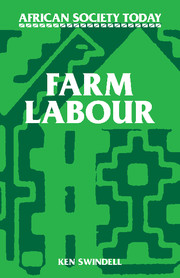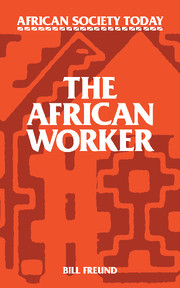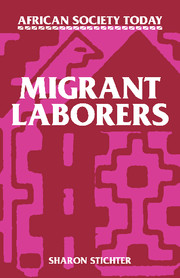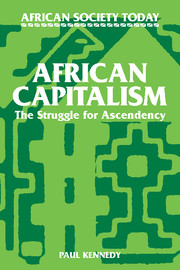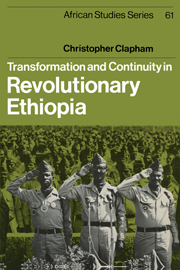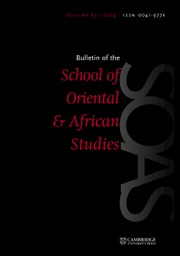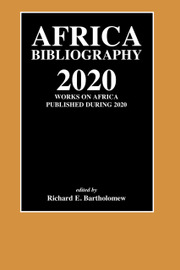Farm Labour
This 1985 book highlights important attributes of farm labour, how it is mobilised and controlled, and places it within a context of historical change. International trade, colonialism, the growth of towns and transport have all exerted a powerful influence on rural Africa; yet agriculture is still dominated by small-commodity producers who have retained control over their means of production. These forces have altered traditional forms of agricultural production and distribution, but not sufficiently to undermine their labour-intensive character. Many small farmers now produce for local or international markets and this shift towards greater commodity production has been achieved by new patterns of work and labour organisation. Domestic production and family labour have been expanded or reduced by the spread of hired labour, as workers are redistributed between richer and poorer farmers and developed and underdeveloped regions. In addition, women have become more important as field labourers, as off-farm work for men becomes part of household reproduction.
Product details
April 1986Paperback
9780521272124
214 pages
216 × 140 × 12 mm
0.28kg
Available
Table of Contents
- List of figures
- List of tables
- Introduction
- 1. Patterns of work: the use and deployment of farm labour
- 2. Domestic groups and the organisation of farm labour
- 3. Farm labour and the market economy
- 4. Agricultural labourers, share-croppers and migrant workers
- 5. Labour co-operation: growth, decline and persistence
- 6. Farm labour and programmes of agrarian change
- Conclusion
- Bibliography
- Index.

